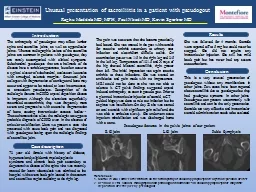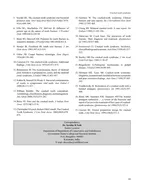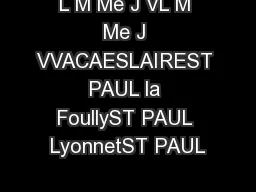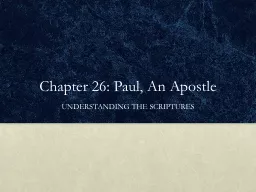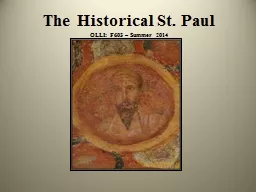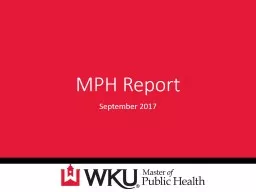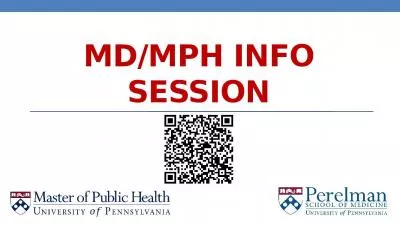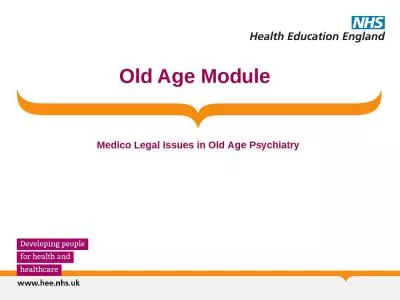PPT-Raghu Maddela MD; MPH, Paul
Author : luanne-stotts | Published Date : 2019-11-19
Raghu Maddela MD MPH Paul Nkadi MD Kevin Sperber MD The arthropathy of pseudogout may affect lumbar spine and sacroiliac joints as well as appendicular joints Whereas
Presentation Embed Code
Download Presentation
Download Presentation The PPT/PDF document "Raghu Maddela MD; MPH, Paul" is the property of its rightful owner. Permission is granted to download and print the materials on this website for personal, non-commercial use only, and to display it on your personal computer provided you do not modify the materials and that you retain all copyright notices contained in the materials. By downloading content from our website, you accept the terms of this agreement.
Raghu Maddela MD; MPH, Paul: Transcript
Download Rules Of Document
"Raghu Maddela MD; MPH, Paul"The content belongs to its owner. You may download and print it for personal use, without modification, and keep all copyright notices. By downloading, you agree to these terms.
Related Documents

